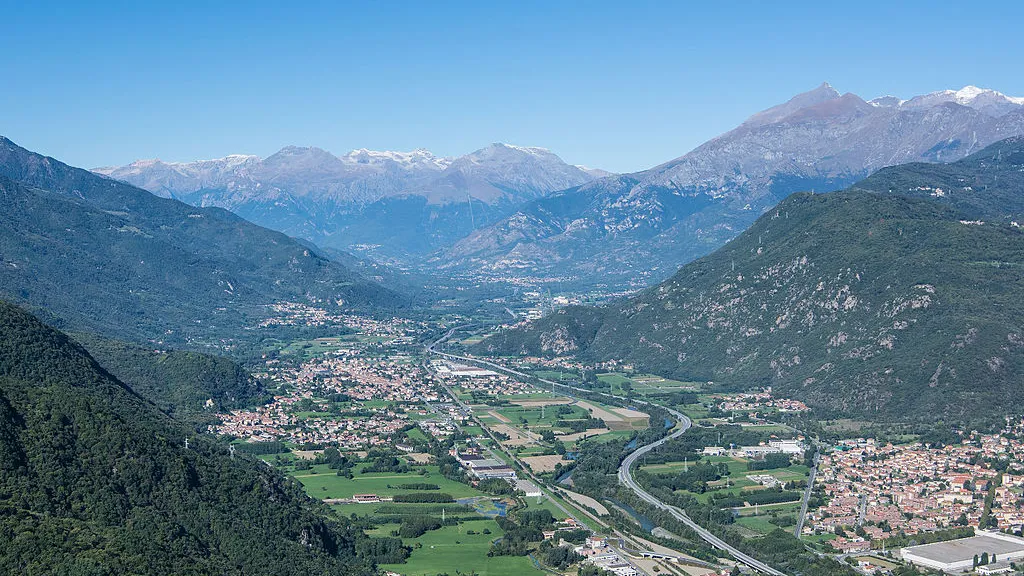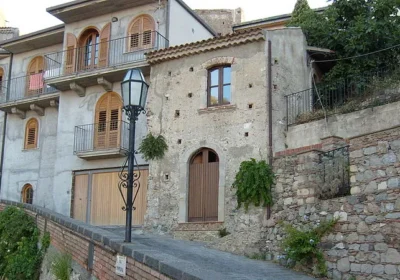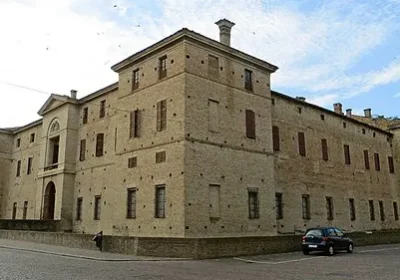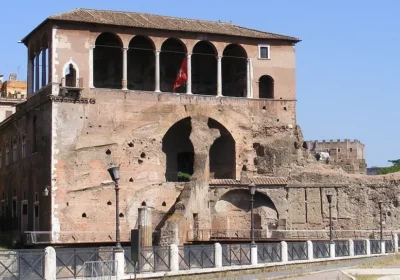Emperors from Caesar to Napoleon, pilgrims, warriors and artists have for centuries crossed the mountain valley of Susa on their way to the center of Italy. The town of Susa, the fortress of Exilles and the Abbey of St. Anthony preserve the memory of those times amidst the majestic mountain scenery.
Val di Susa is one of the two valleys of the Milky Way, which is famous for its comfortable ski slopes, the ancient Celtic town of Susa and picturesque mountain villages. Most tourists also somehow or other get to the center of the valley – the ancient town of Susa.
Fort Exilles, a huge fortress in the valley of Val di Susa, making a lasting impression, was opened to the public in 2000. A fine example of Franco-Savoyard military architecture, the fortress itself is now a museum.
Two excursion routes allow visitors to discover the history of the structure: one inside the fort introduces the different levels of the fortress and its functions, while the other offers a view of the surrounding scenery. The fortified structure on a rock on the right bank of the Dora River is first mentioned in documents from 1155, when the Counts of Albon controlled the road to Monginevraux. This place was already of strategic military importance, and Exilles was the easternmost edge of the counts’ possessions. In the second half of the 16th century, the castle became a bone of contention between Catholics and Reformers who wanted to control the Dauphiné province, which at that time straddled the Alps. After the Lyon Peace Treaty of 1601, Fort Exillès was out of sight of international politics for a long time. After the Second World War, Fort Exiles was abandoned. Everything that could be carried or taken away was looted, from wooden window frames to electrical cables. It was only in 1978 that the fortress was acquired by the Piedmont government, which immediately developed a plan for its restoration, and in 2000 a museum was opened in Fort Exilles.
The Abbey of Sant’Antonio di Ranverso is a religious complex located in the town of Buttigliera Alta in the Val di Susa. The abbey, also known as the Community of the Hospitaller Order, was founded in 1188 by order of Umberto III of Savoy and served as a resting place for pilgrims and a hospital for people affected by the so-called “Anthony’s Fire” – food toxicosis with ergot alkaloids. And when in the second half of the XIV century broke out a great epidemic of plague, the abbey took care of new sufferers. The interior is decorated with numerous
frescoes, some of which were painted in the early 15th century by Giacomo Hacerino. His brush belongs to the “Ascent to Golgotha” in the sacristy – a masterpiece of the artist. The presbytery is decorated with a polyptych by Defendente Ferrari. The ceiling of the church is covered with a baptized vault painted with scenes from the Old and New Testaments. In one of the crosshairs you can see the image of a circle with stars on a red and black background – this is the symbol of the Creation of the World.





